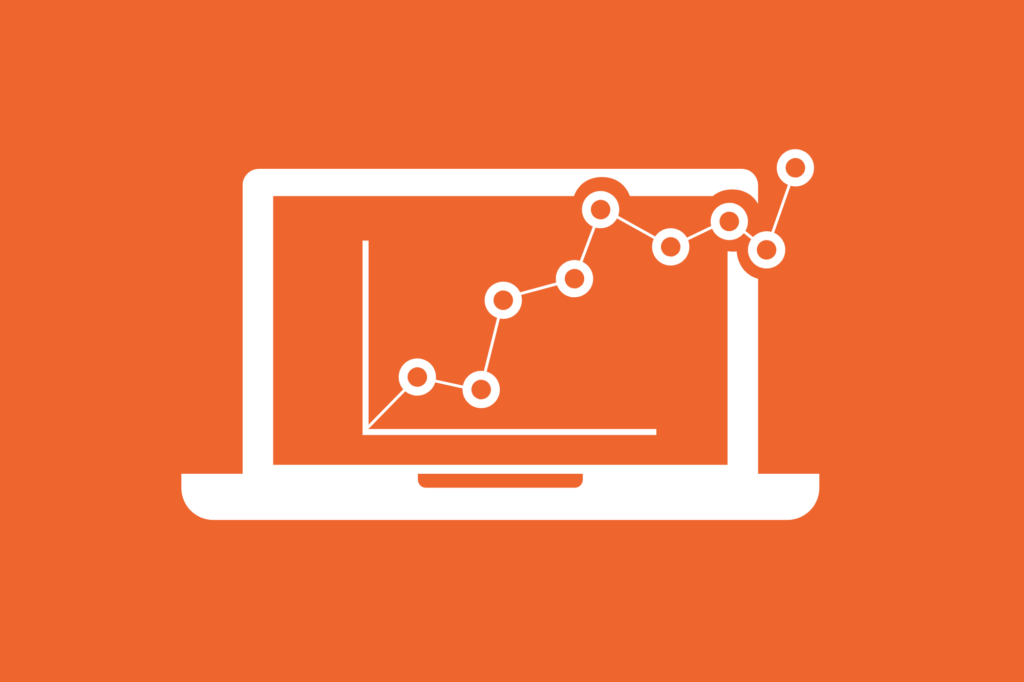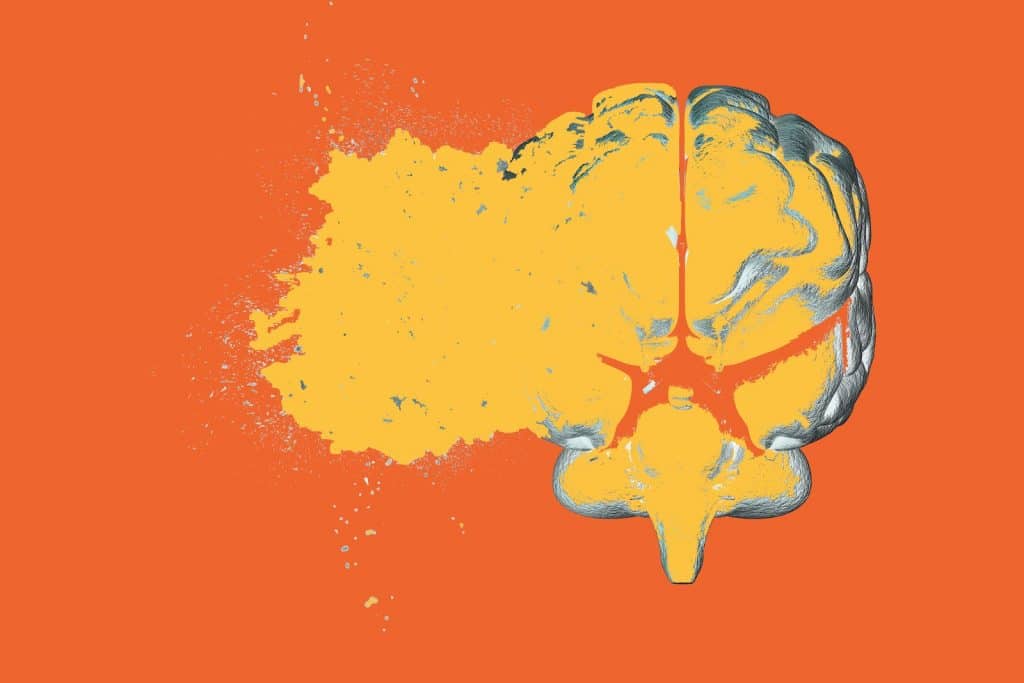
Have you ever had someone draw a picture for you so you could understand a complicated concept? That works because the human brain’s wired for images. In fact, it can process entire images in about 13 milliseconds.
In a nutshell, that’s what data visualization does. It turns data into images that we can process easily and quickly.
For example, when looking at a bar graph, you can tell which section is bigger in an instant. If you tried the same with several columns of figures, you’d have to scan them all and do some basic math to tell which total was larger.
People have been using data visualization since the first cave dweller picked up a rock to illustrate what happened on the last hunt. Through time, we’ve used visualization to work out battle plans, combat the spread of disease, and calculate demographic preferences.
Nowadays, every company processes massive amounts of data every day. in this context, no business can afford to ignore the importance of data visualization.
Without it, nobody would know what was going on, let alone conceive strategies using these vast amounts of figures. Using data visualization has become so commonplace that we take it for granted.
Trouble is, if your competitors are using this vital tool better than you are, your business could be in trouble, and here’s why.

Your Customers May Be Trying to Tell You Something
Every business wants more customers and is always looking for ways to improve their offering. Your business data has all the clues to help you do both of these.
The fact is, you have most of the information you need at your fingertips already. Only data visualization reveals all the information lurking in your database. This helps you figure out who is using your products and services and figure out what’s keeping them coming back – or not.
If you are invoicing clients, you’ll have all their details stashed in your accounting system somewhere. You just need to extract it in a form that’s easy to understand. Customized data visualization tactics will reveal the age groups, purchase history, and gender of your clients at a glance.

Once you know this information, you can fine-tune your marketing efforts to lure more of the same customers to your business. It’s true that an excel document will show you simple information about averages but this isn’t always useful.
For example, your average customer age might be between 40 and 50 but that doesn’t help you if it’s the 35-year-olds who are spending the most money despite their lower numbers. Data visualization makes it easy for you to see this kind of detailed information at a glance.

The Importance of Data Visualization for Sales
Once you know who your customers are and how they behave, you can use this information to reach out to them better. In a brick and mortar store, data visualization helps you to see which areas of your shop are the busiest.
As an example, if you know that your bakery has the highest sales, you can position luxury high ticket items nearby, since your customers are bound to see them. In the same light, you can display complementary goods in the vicinity. For example, if everyone’s buying bread, shouldn’t the butter be nearby?
Data visuals like charts and graphs quickly reveal which time of the day or days of the year are busiest. Thanks to this, you can focus your marketing budget on times when business is slow. In the same way, it can help you to decide which products you should promote more and which are selling themselves.
You can approach online shoppers in much the same way. It’s common practice to bombard your customers with targeted product suggestions when they login to an e-store. Data visualization helps you choose the right ones.
Hitting your customers with vague or generic suggestions can irritate them and drive them away. Making the right suggestion at the right moment is helpful and saves them time.
A Data Visualization Expert Can Help You Predict the Future
Discovering trends in your business and industry is what data specialists do best. Thanks to their efforts, you can literally see into the future and plan accordingly.
They make sense of data and group it in a way that applies to your business goals. A visualization that clearly shows increased sales of one item in your industry during a particular time of year helps you to plan. You can order extra stock and increase your marketing in that area to attract more customers.
If you know that you’re going to be selling more bikinis come March, you can stock up on towels or sarongs as complimentary items to increase sales. Perhaps you could market a free bottle of sunscreen with every purchase. It’s a no brainer that planning is much easier when you know what’s coming.
On the contrary, you might find that people are buying winter products during the summer months, hoping to benefit from last year’s prices.
Don’t make assumptions when it comes to your business. There’s no way to predict how customers will behave without the data to back it up.
It Can Help You Win Favor With Google
Data visualization can help you to fine-tune your SEO strategies and get your website in front of more customers.
There is no way you can figure out which SEO keywords are working best for your website without data analysis. When you have the best keywords, Google views your website as relevant and pushes it up the SERP rankings.
Not only will data visualizations help you determine which keywords are attracting the most hits quickly, but they’ll also show you which ones are keeping them on your page. These are also factors that make Google algorithms view your website favorably.
Interestingly, Google has noticed an upward trend in searches for visual representations. So you’re good to go if your site is giving people what they’re looking for.
Data Visualization Reveals Your Weaknesses
In the same way that data helps you move forward in your business, it can also prevent you from going backward.
Slumps in sales or peaks in customer complaints are easily apparent with data visualization. Paying attention to these and looking for corresponding factors will help you figure out what went wrong and how to avoid it happening again.
Graphs and charts clearly pinpoint where your businesses weak and strong areas are, letting you focus more on the ones that need attention.
By collecting available data about your competitors you can easily see where they’re outpacing you and meet the challenge in those areas.
Small things like how often they post blogs and promotions, their targeted demographics, and their social media activities can reveal a lot about why they’re beating you in some areas.
Data Visualization Helps You Tell Your Story
As a simple example, when we learn to talk and read our teachers and parents use images to teach us words. It’s easy to find a cat or dog nearby to illustrate what you mean by those words, but something like a lion or a tornado is a different story.
Data visualization helps to present information to clients and investors in a way they can understand. It helps make presentations a lot more understandable and engaging for people with little knowledge of the inner workings of your business.
Research shows that visual presentations are at least 43% more persuasive than text-only ones.
Images are also way more shareable via social media than blocks of text or figures. Nobody can argue that an infographic isn’t infinitely more attractive and informative than columns of numbers.
Examples of Data Visualization in Different Industries
The advantages of data visualization aren’t limited to the retail environment either. The far-reaching benefits of data visualization are best explained with examples of how different industries use it in their day-to-day operations.
- The travel industry was one of the first to adopt data visualization to figure which destinations are in high demand.
- It’s imperative for energy producers to know about peaks and troughs in demand so they can prepare.
- Insurance providers use it to determine high-risk areas and customers.
- In the complex world of finance, visualizations help speed up the decision-making process.
- Healthcare providers can easily predict possible outbreaks at certain times of the year or hone their skills according to emerging trends.
The list goes on and it’s becoming increasingly clear that data visualization has a place in every business during modern times.
![]()
Getting the Big Picture With Data Visualization
Thanks to all of the above factors, data scientists who are able to show you the way with data are in high demand. Yet, not every small business can afford the services of these highly paid individuals.
If you’d like to keep your finger on the pulse of your business and work towards bigger and better things, get in touch. Our expertly designed data analysis and reporting applications will help you to realize the true importance of data visualization for your business.
